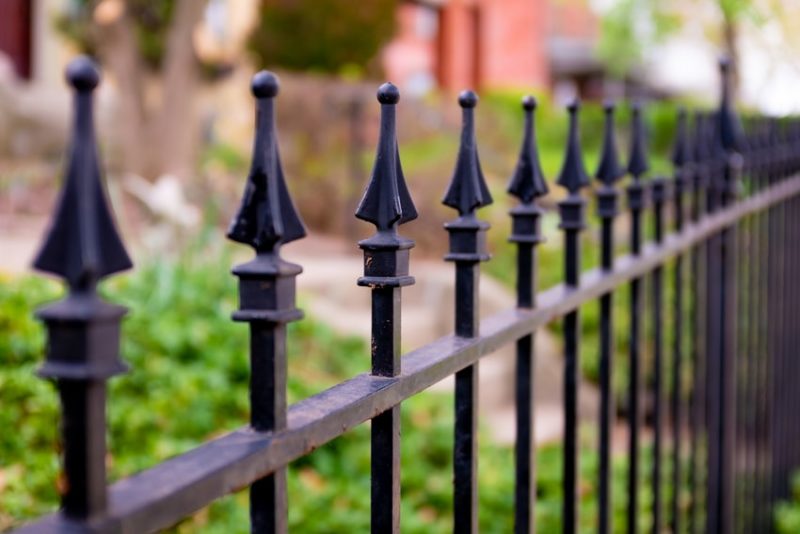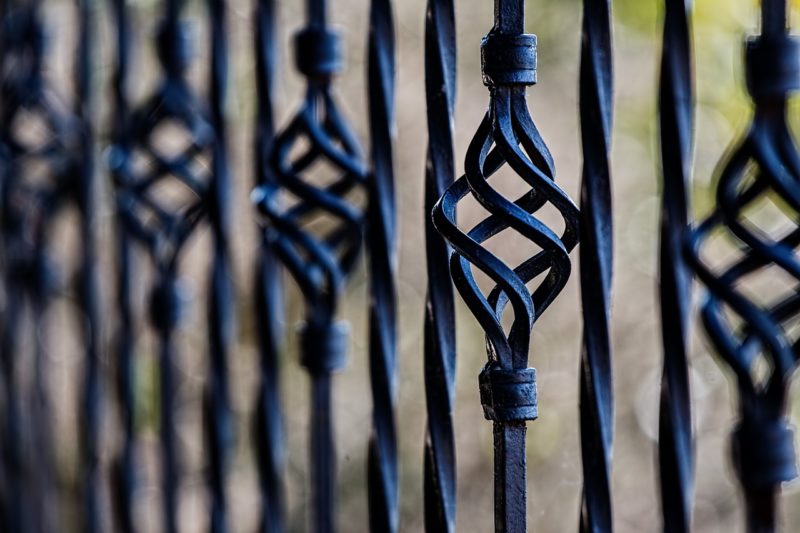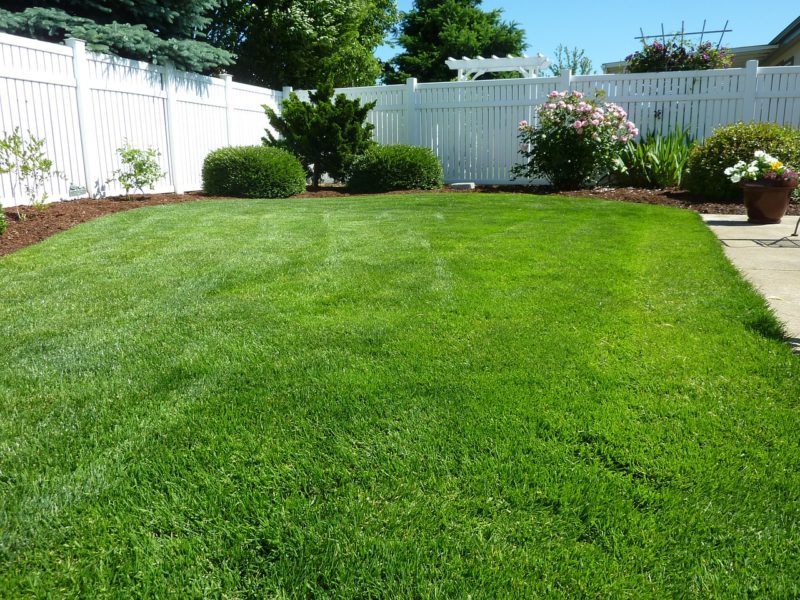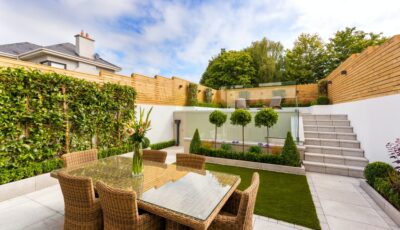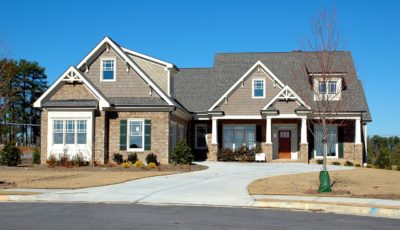How to Choose a Fence for Your Yard
In one fell swoop, the right fence can solve a range of problems around your property. You will no longer have to worry about prying eyes being able to see into your yard. It will also reduce noise from the street and neighbors, and in turn, allow you to raise the volume without disturbing anyone.
An effective fence can protect your weekend barbecue from strong winds while doing the same for your plants and trees during chilly winters. Finally, fencing is the primary means by which you can safeguard your home from thieves, trespassers, and unsavory animals.
That said, there are many different types of fencing available today. You might also have to consider legal guidelines for height and safety. To make all of this easier, consider the following tips for choosing the right fence for your yard.
Determine Your Priorities
The appropriate design and material for your fence depend on several factors. This includes your privacy and security requirements, which may or may not come second to the overall aesthetic of your home.
When it comes to the former, solid fences have the greatest effect, with the added benefit of some noise reduction. On the other hand, slatted fences tend to have more design flair and an open feel, which is useful on smaller properties. If your yard is on the bigger side, be sure to check out these tips for fencing in your home’s large lawn.
Choose Your Material
If you look at the fencing market today, you’ll find a seemingly endless range of materials to choose from. Each has its advantages and disadvantages, and some fare better than others in the context of your yard. Here’s a brief overview of the most popular fencing materials for American homes.
Wood Fencing is the classic choice. It can be tailored to any height, size, and style, from the archetypical white picket fence to a fully-fledged seven-foot privacy fence. While installation and purchase costs are comparatively low, you will have to spend extra on maintenance.
Chain Link Fencing doesn’t cost anything to maintain unless damaged and is relatively durable over long periods. It’s also highly affordable and easy to install. You can get around the utilitarian look by covering it in greenery.
Vinyl Fencing, also known as plastic fencing, has risen in popularity in recent years thanks to its low-maintenance nature and the endless range of colors and styles that you can choose from. It tends to be more expensive, however, so the cost of covering a large area can add up.
There are two other materials worth exploring, namely composite and ornamental metals such as iron.
Select Your Size
Regardless of your preferred material, size (height and width) is an important consideration. If you live in a windy area, for example, some degree of slatting might be required so that the fence holds up. A fence that’s too high can also block out light and desirable breezes in summer, which can harm your garden.
With some careful deliberation, you can pick out the ideal fence for your yard. Take time to consider all your options.

